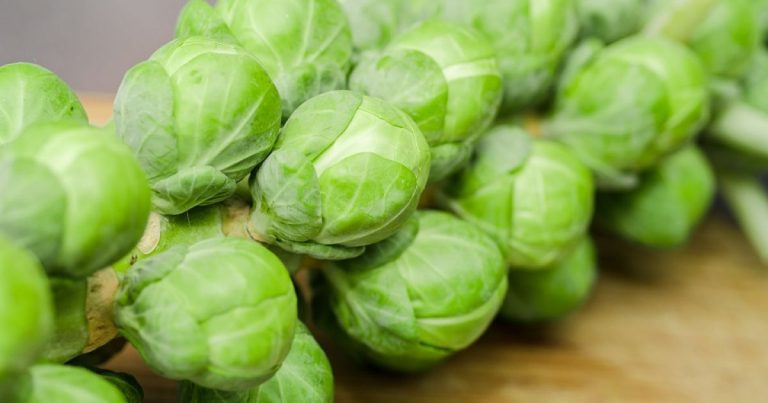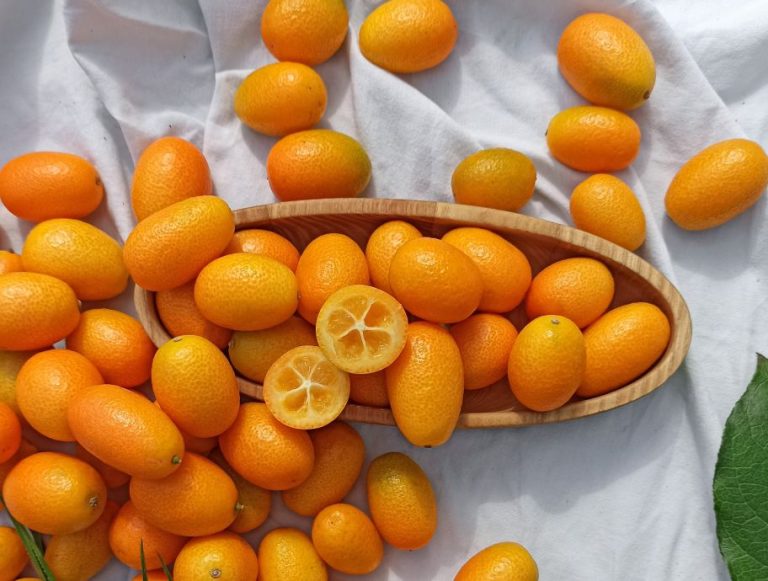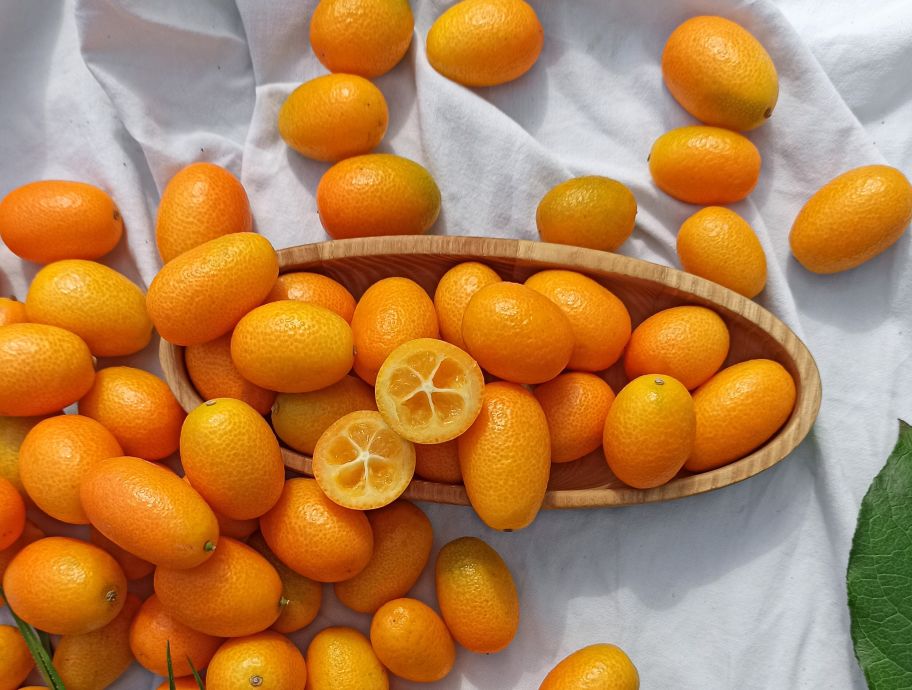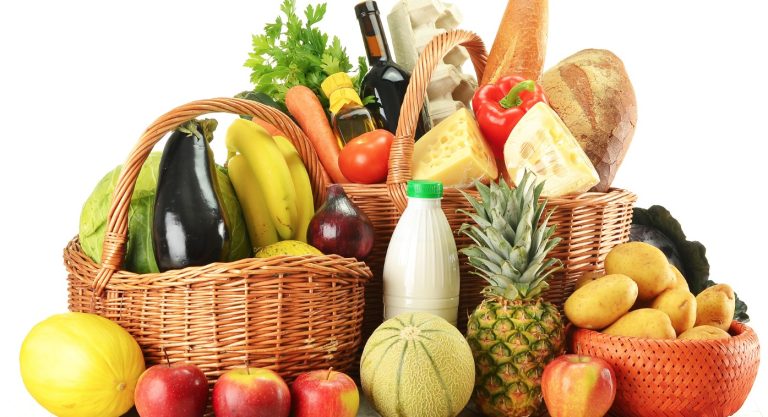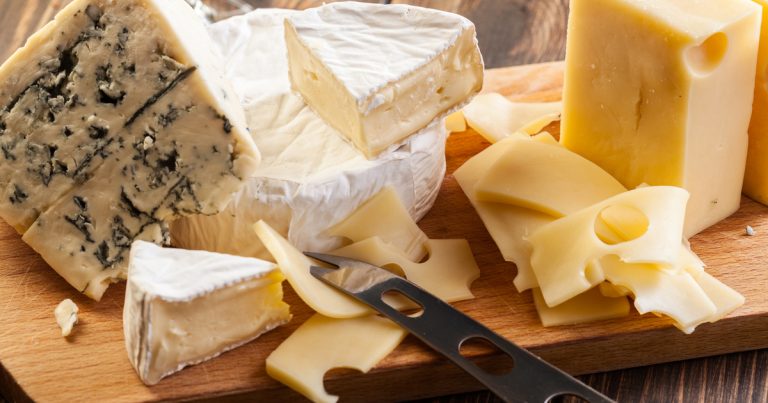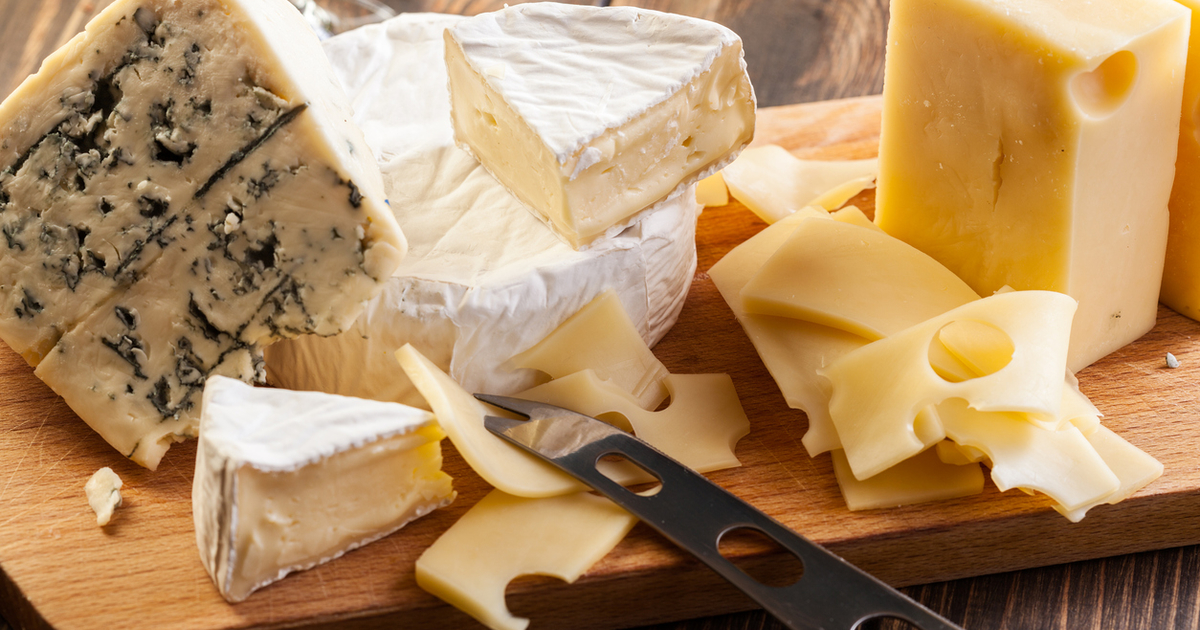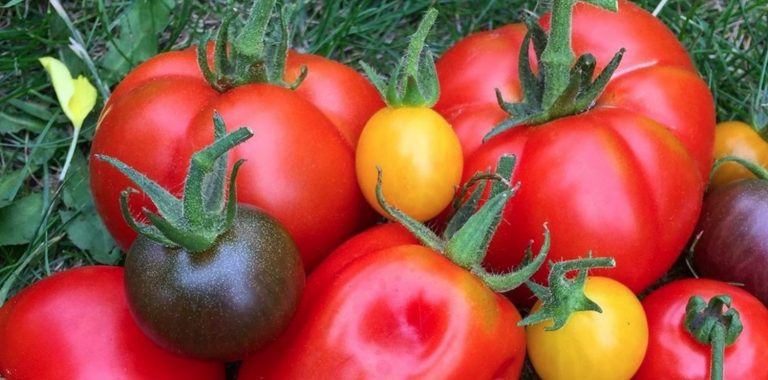The vegan food pyramid helps vegans eat a balanced diet. In this way, even with a plant-based diet, they receive all the important nutrients and can prevent deficiencies. You can find out exactly how the pyramid is built here.
What are food pyramids?

A food pyramid represents nutritional recommendations in the form of a pyramid: the broad basis is formed by foods that you should eat a lot of. The foods at the top, on the other hand, should only be eaten in small amounts. In this way, the food pyramid aims to make it easier for you to recognize how you are eating healthily. When evaluating and classifying the individual foods, a low energy density and a high nutrient density are usually in the foreground.
The classic food pyramid contains meat, eggs and dairy products. For people who eat no meat, there is also a vegetarian or vegan food pyramid.
The vegan food pyramid: what makes it special
The vegan food pyramid is intended to be an orientation for vegans who want to eat a balanced diet. Because especially people who eat plant-based food must ensure that the body is supplied with sufficient nutrients. In this way, they can prevent nutrition-related diseases or deficiency symptoms.
For example, Peta provides such a vegan food pyramid with six building blocks. It shows what a balanced, purely plant-based diet looks like that supplies the body with all the important nutrients.
The bottom three elements of the vegan and traditional pyramids are almost identical:
they consist of
1. liquid,
2. fruits and vegetables,
3. as well as grain and potatoes.
In the upper sections of the vegan food pyramid, however, all animal foods are missing. The upper sections consist of
4. protein products as well as nuts and seeds,
5. Oils, fats and salt,
6. Sweets, kibble and alcohol.
The vegan food pyramid replaces animal protein sources with legumes, nuts and seeds. Fats do not come in the form of dairy products or eggs, but in the form of natural oils or spreadable vegetable fats.
The vegan food pyramid put into practice
In everyday life, the vegan food pyramid should serve as a practical guide: It shows you which foods and in what quantities are part of a balanced plant-based diet. Peta indicates the quantities in portions. A serving is roughly the amount that fits in one hand (e.g. an apple, a slice of bread, a glass of water). For small fruits, grains, or salads, a serving is the amount that fits in both hands when formed into a bowl.
It is up to you to put together the meals according to the recommendations. So you can choose what you eat, when and how according to your personal taste, habits and individual energy needs.
Level 1 (Base): Drinks
Sufficient fluid intake is the basis (not only) of a vegan diet.
You should drink one to two liters of water a day. That’s about six servings. You can also replace some of it with other non-alcoholic, low-calorie drinks such as teas or heavily diluted juice spritzers.
You can also drink liquid as coffee or black tea. Don’t drink more than four small cups a day, though.
For bottled water, Peta recommends high-calcium varieties (containing over 400 milligrams of calcium per liter). But note: In Germany, the drinking water is of very good quality. So you don’t have to use bottled water.
Level 2: Vegetables and fruits
You should eat three servings of vegetables (about 400 grams) and two servings of fruit (about 300 grams) a day.
Vegetables and fruit form an important basis because, despite their low energy content, they fill you up well and provide the body with important vitamins, minerals, fiber and secondary plant substances.
Dried fruit can also be on the menu from time to time and can replace a portion of fresh fruit. Note, however, that dried fruit contains a lot of sugar. So don’t take too much of it.
If possible, you should buy fruit and vegetables that are seasonal, organic and regional: They are always fresh, have not been treated with chemical-synthetic pesticides and do not have to travel long distances to be transported, which would result in emissions that are harmful to the climate.
Level 3: grain and potatoes
Cereals, rice, pseudocereals such as quinoa or buckwheat and potatoes should be part of two to three meals a day. That’s about four servings.
Whole grain products are particularly recommended because they provide many minerals, vitamins, complex carbohydrates and fiber. That’s why they fill you up for a long time.
Cereals are also an important source of vegetable protein.
Breakfast cereals, granola mixes and granola bars do not belong in this category. They are often heavily sugared and contain a lot of fat. Although they are made from grain, they are considered more of a candy.
You should also not eat potato products with a high fat content such as fries every day and not in large quantities.
Level 4: Protein products, nuts and seeds
Many people worry about whether plant-based foods can provide them with enough protein. But if you stick to the recommendation of the vegan food pyramid, that shouldn’t be a problem.
The pyramid stipulates that legumes should be eaten several times a week or even daily, as they are good sources of protein. You can consume three servings of unprocessed legumes (beans, peas, lentils) or slightly processed soy products (tofu, tempeh, soy milk, plant-based yoghurt) per day.
More processed meat alternatives made from seitan, lupine protein or tofu should be on the menu no more than once or twice a week.
Nuts and seeds (and the muse made from them) are also valuable sources of protein and also provide vitamins, minerals and essential fatty acids. However, they also have a high energy content, i.e. many calories. Therefore, eat no more than 30 to 60 grams of it per day.
Level 5: oils, fats, salt
Level 5 contains foods that you should only eat in small amounts on a daily basis.
You should consume around two to four tablespoons of fats (e.g. spreadable fat), oils and vegetable cooking cream a day. Give priority to natural oils that are rich in omega-3 fatty acids (e.g. flaxseed, canola and walnut oils).
Iodized table salt is used as the source of iodine.
Level 6: Sweets, salty munchies, alcohol
This category includes, for example, chips, chocolate, sweets or wine. You should eat these foods as seldom as possible, in small amounts and consciously. They are often high in salt, sugar and fat.
Eat a maximum of one serving per day.
Vegan food pyramid: It doesn’t show that

What Peta’s vegan food pyramid doesn’t reflect are dietary supplements. If you follow their nutritional recommendations, you should be able to prevent deficiency symptoms. Nevertheless, Peta and also Netdoktor advise adding certain supplements to the recommendations.
It is difficult to obtain some vitamins and trace elements from plant-based foods. You should therefore take these with dietary supplements if necessary. These substances include:
Vitamin D
iron
iodine
Vitamin B12
Vitamin B12 cannot be obtained from a purely plant-based diet. The vitamin is only found in animal products. Therefore, you must definitely take vitamin B12 in addition to the recommendations of the vegan food pyramid.






